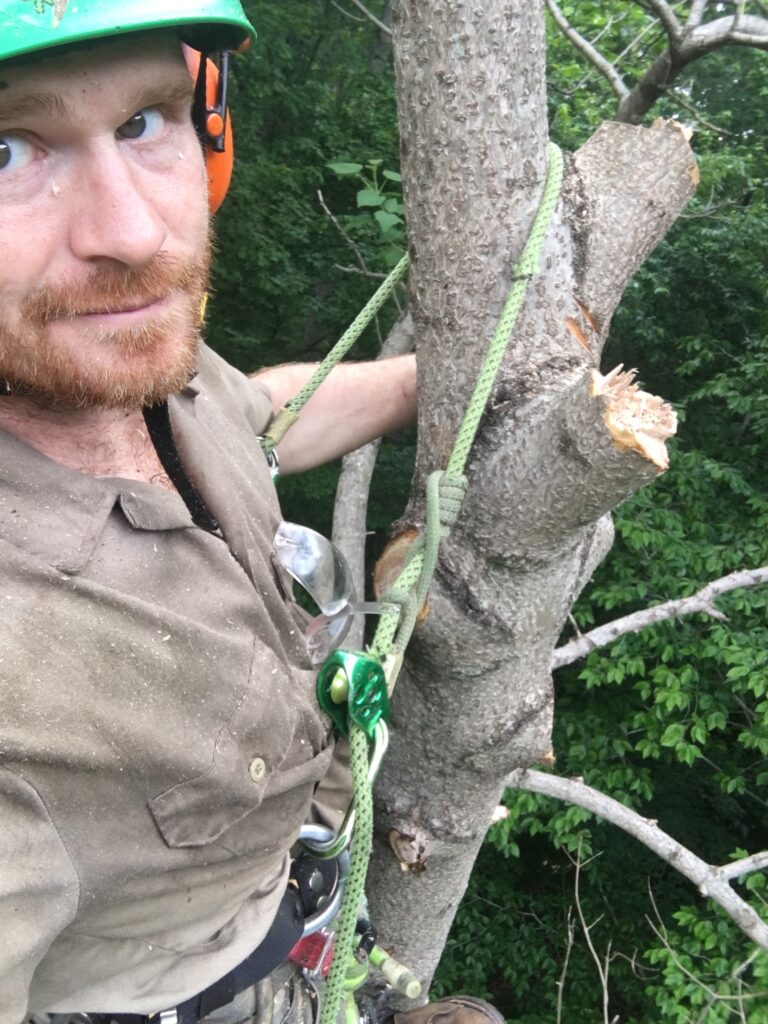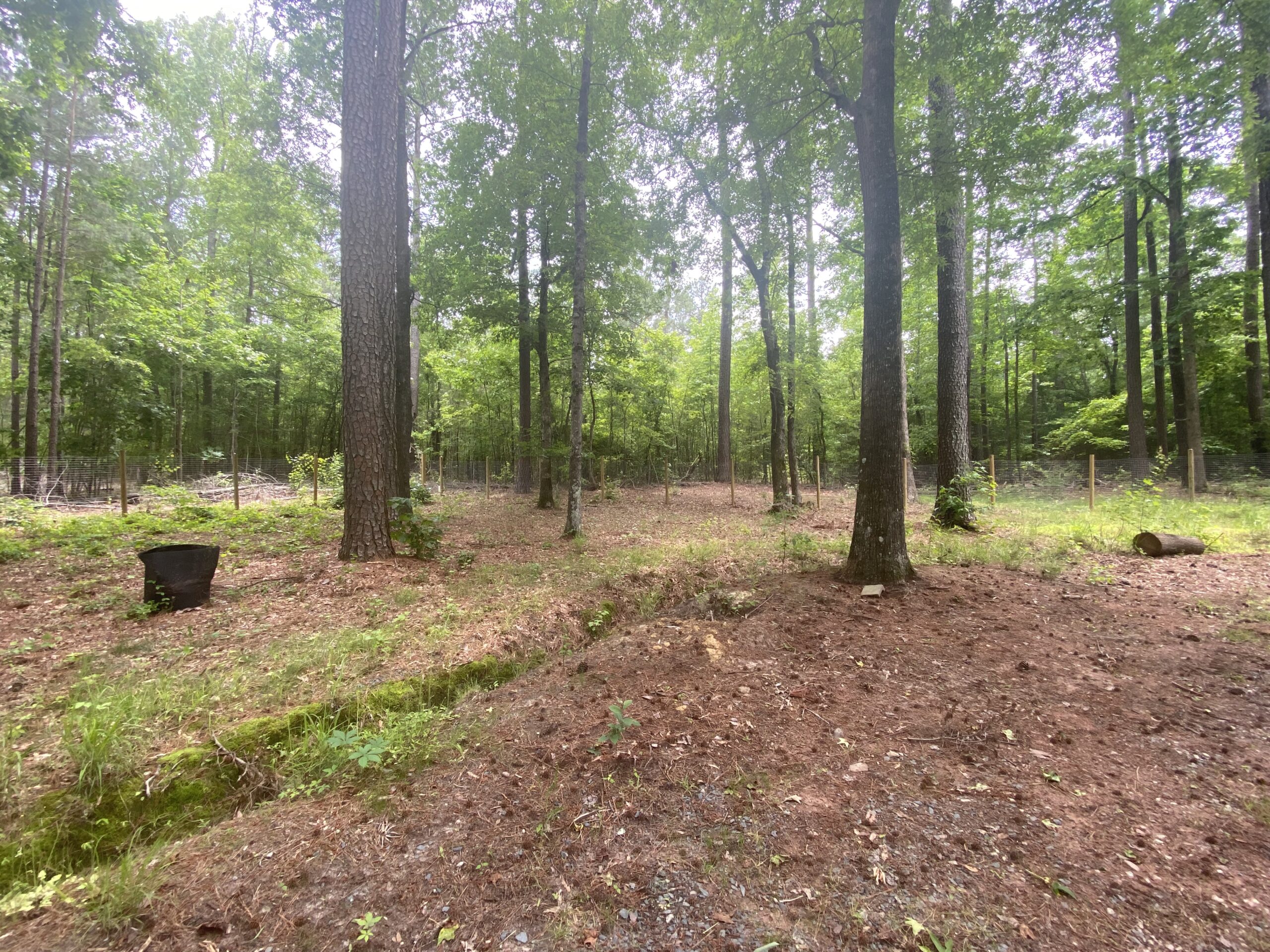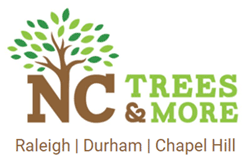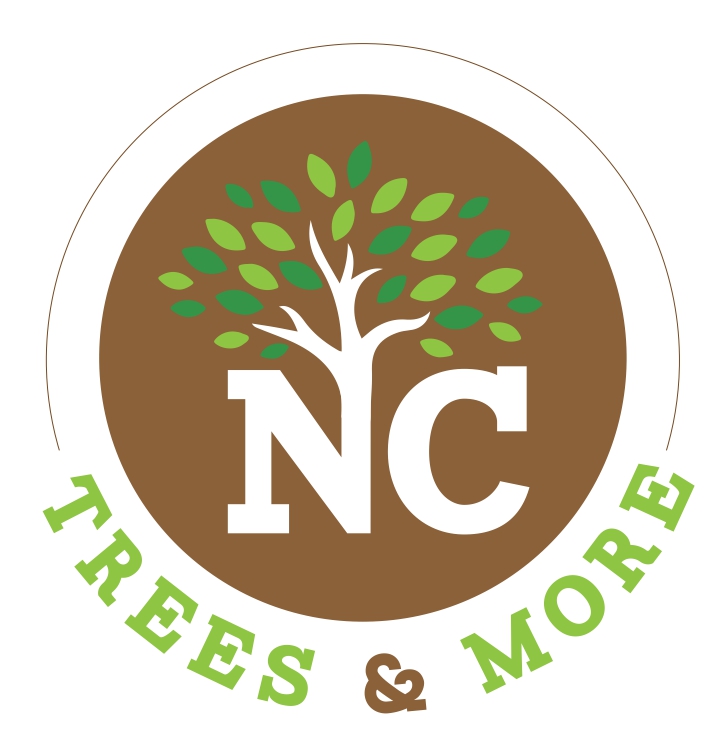Selective Thinning
We will selectively thin out invasive and undesirable species releasing the trees you already have from competition.
Before
After


$2 Million General Liability
We are fully insured to handle all of your tree work at height and stump work. Our crew is trained and compliant with ANSI and OSHA standards. We use wireless communication to seamlessly operator a safe work site.
Satisfaction Guaranteed
We promise to take care of your property as we would our own and to work safely and efficiently. We give you the piece of mind knowing we are doing our absolute best job we can do following current practices and principles. Read about our code of ethics here
SELECTIVE THINNING
Selective thinning in urban woodlots in North Carolina involves a meticulous process of removing specific trees to enhance the aesthetic appeal, ecological function, and overall health of the remaining specimens. This forestry practice is crucial in urban areas to maintain a balanced and sustainable urban forest.
The process begins with a careful assessment of the woodlot, considering factors such as species diversity, age distribution, and overall tree health. By identifying weaker or less desirable trees, arborists can make informed decisions about which specimens to remove. The goal is to create space for the healthier and more robust trees to flourish.
In the context of aesthetic considerations, selective thinning focuses on preserving trees that contribute positively to the visual appeal of the woodlot. This might involve retaining specimens with unique characteristics, attractive forms, or those that enhance the overall landscape. The intention is to create a visually pleasing and harmonious environment while maintaining a diverse and resilient urban forest.
Functionality is another key aspect of selective thinning. Strong and well-positioned trees are prioritized to ensure they can fulfill their ecological roles effectively. This may include providing shade, supporting wildlife habitat, improving air quality, and contributing to the overall ecosystem services within the urban environment.
During the thinning process, attention is given to maintaining appropriate spacing between the remaining trees. This spacing allows for optimal growth, reduces competition for resources like sunlight and water, and minimizes the risk of diseases spreading between trees. It also enhances the structural stability of the woodlot, reducing the likelihood of tree failure during storms or adverse weather conditions.
In North Carolina’s urban woodlots, the selection of the strongest specimens considers the region’s climate, soil conditions, and specific tree species. Trees that are well-adapted to local environmental factors are more likely to thrive, contributing to the woodlot’s resilience in the face of urban challenges.
Ultimately, selective thinning in urban woodlots is a holistic approach that balances aesthetics, functionality, and ecological considerations. It aims to create a sustainable and vibrant urban forest that benefits both residents and the broader environment, reflecting a thoughtful and strategic approach to urban forestry management.
Top 5 Selective Thinning FAQs

How will I benefit from selective thinning?

How long will it take to thin my lot?

What should I do with the land after thinning?

Do I need to mark water, gas, and power lines?


